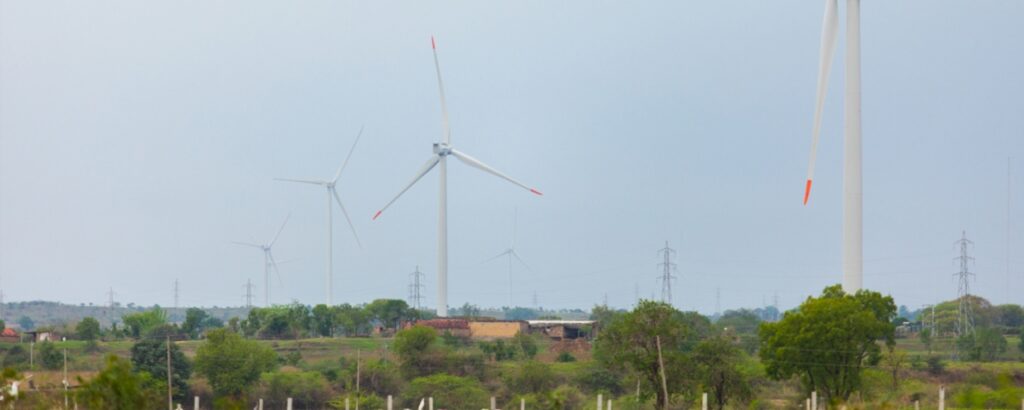Adani Electricity Mumbai Ltd (AEML), the energy distribution arm of Adani Transmission Ltd, has announced the setup of a $2-billion Global Medium-Term Notes (GMTN) program.
The GMTN program and the Sustainability Linked Bond issuance is the next step in AEML’s Capital Management Plan. AEML also settled the maiden takedown of $300 million under the program, on July 23, 2021.
The order-book for the takedown was oversubscribed by 9.2 times by high quality real money global investors, a release by Adani Transmission said.
AEML, one of India’s largest integrated utilities, servicing over 12 million consumers in Mumbai, priced its first takedown of USD 300 Mn through 10-year notes under the 144A / REG S format. With this landmark transaction, AEML’s capital management plan enters the second phase with 100% of the term debt being placed in the international capital markets with the overall maturity now increased to around 9 years.
The transaction, according to the release, marks several firsts for India:
- the tightest coupon ever by a BBB- rated utilities issuer in Asia (ex-Japan),
- the largest order-book oversubscription ever for a 10-year ESG bond issuance in Asia (ex-Japan),
- the first Sustainability Linked Bond (SLB) issuance from an Indian utility
Also read: AEML To Meet 50 Per Cent Of Its Energy Procurement Through Renewable Sources
In line with COP26 targets
According to Kandarp Patel, MD & CEO, Adani Electricity Mumbai Ltd,. “AEML has set for itself some of the nation’s most challenging renewable penetration targets in the short term, thereby showcasing our commitment towards net zero emissions. We have also committed to the short-term target of reductions of Green House Gas (GHG) Emission Intensity by 60% from FY19 levels to stay in line with COP26 targets. In addition to the legally covenanted targets, we have publicly announced a target of 70% renewable penetration by 2030.”
Objective
The issuance bolsters the strong capital raising track record of the Adani Group from global capital market investors. The funds will be utilized for refinancing of existing debt and regulatory asset development for enabling ‘asset hardening’, the release said.

